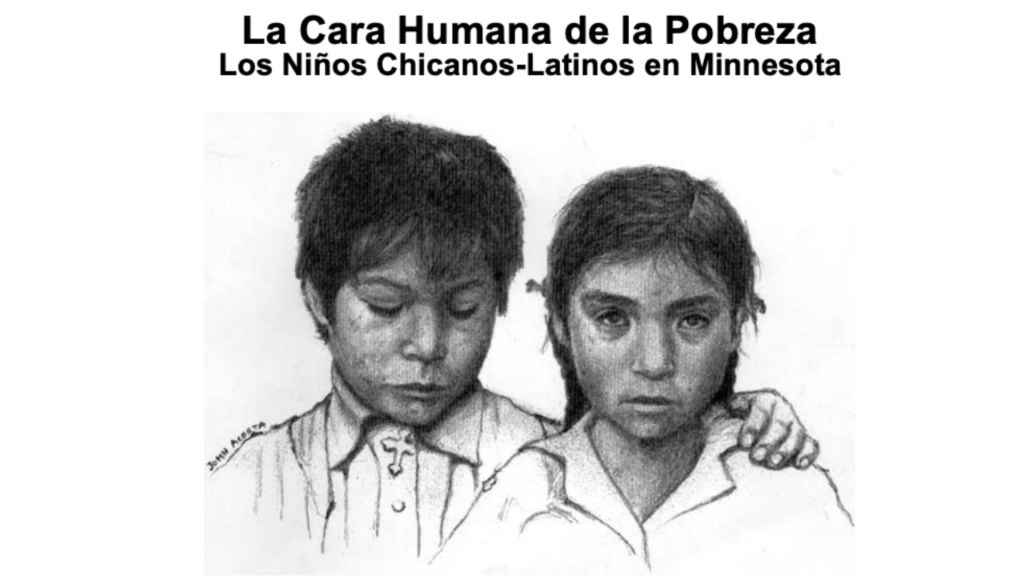
In an effort to gain a richer understanding of the problem of poverty and how it affects Chicano-Latino Children in Minnesota, HACER conducted focus group research in selected Minnesota communities where Chicanos-Latinos are known to reside in significant numbers.
Approaching the Question
The main research question the project set out to answer was, “How do Hispanic children suffer because their families don’t have or don’t earn enough money to make ends meet?” Further, the project sought to probe Latino parents to get a sense of their views regarding solutions they thought would help them escape poverty. To this end, the question was asked, “If agencies which help Hispanic families could change one thing to improve the lives of Hispanic children, what would you tell them to change?” To seek answers to these research questions, HACER conducted fifteen focus groups, eight in the Twin Cities metropolitan area and seven in Greater Minnesota. A total of one hundred twenty nine Chicano-Latino parents participated and provided the data discussed in this report. The research was conducted by a team of four Metropolitan State University undergraduate students and one graduate assistant from the University of Minnesota, under the supervision of HACER’s current Executive Director in consultation with HACER’s Research Group and Research Director.
The main section of this report discusses the findings based on the data collected from the participants, the parents in the focus groups. Of equal importance is the section that discusses proposals for solutions to the problems experienced by Minnesota ChicanoLatino children who live in poverty. The research methodology, questions used in the focus group interviews, information on site locations and the number of participants in each group are discussed in the appendices.
The Sample
The research sample for this study consisted of 110 households, sixty two in the Twin Cities groups and forty eight in the Greater Minnesota groups. In absolute numbers one hundred twenty nine parents participated in the fifteen focus groups. These families represented two hundred seventy two children, 90% of whom were under age twenty. Nearly 3/4 of the households were married-couple families; the average number of children per family was 2.5. In spite of the fact that most parents in the sample were in marriedcouple families and employed, about 62% of the households and 70% of the children were in poverty. About 63% of the children in poverty were age 10 and under.
